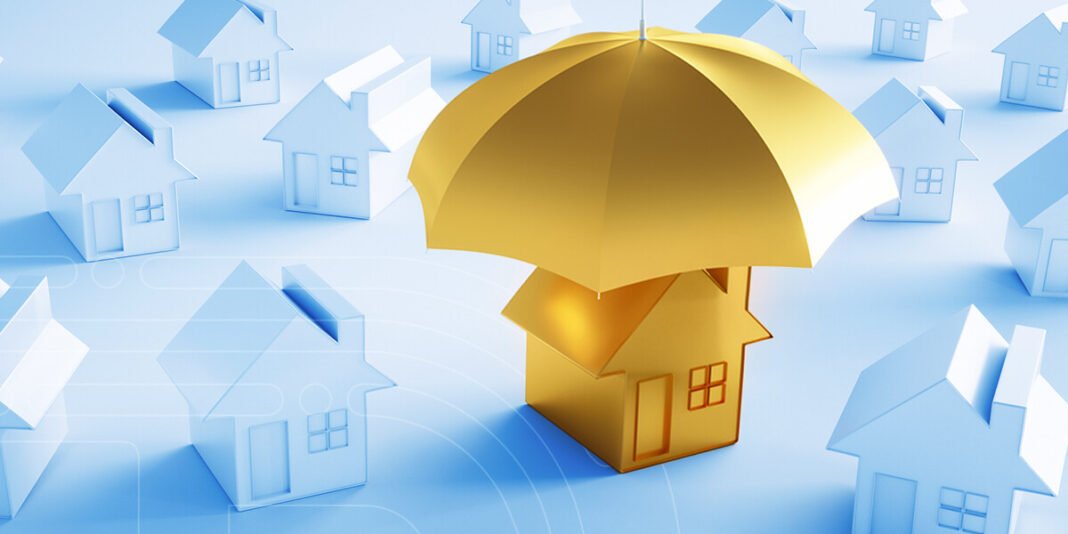Older homes possess a unique charm and character that many homeowners find irresistible. However, insuring these properties can present challenges due to their age and potential structural vulnerabilities. In this article, we’ll delve into the intricacies of home insurance for older homes, exploring special considerations and coverage options tailored to meet the needs of homeowners with historic or vintage properties.
Understanding Older Homes Insurance
What Constitutes an Older Home?
Determining the age threshold for what constitutes an “older” home can vary depending on regional norms and architectural styles. Generally, homes built before 1940 are considered historic, while those constructed between 1940 and 1970 are classified as vintage or mid-century homes.
Unique Characteristics of Older Homes
Older homes often boast distinctive features such as intricate woodwork, ornate moldings, and craftsmanship that may be challenging or costly to replicate in modern construction. However, these properties may also harbor hidden risks such as outdated electrical wiring, plumbing systems, and structural deficiencies.
Special Considerations for Insuring Older Homes
Historic Preservation Requirements
Homeowners of historic properties may be subject to preservation regulations imposed by local historic preservation boards or authorities. These requirements may dictate specific restoration or maintenance standards that must be adhered to, potentially impacting insurance coverage and renovation costs.
Valuation Challenges
Determining the replacement cost of older homes can be complex due to the scarcity of comparable properties and the unique architectural elements they possess. Insurers may utilize specialized appraisal methods to accurately assess the value of historic or vintage homes.
Coverage Options for Older Homes
Guaranteed Replacement Cost Coverage
Some insurers offer guaranteed replacement cost coverage, which ensures that the homeowner will receive sufficient compensation to rebuild or repair their home to its original condition, regardless of the prevailing construction costs.
Extended Replacement Cost Coverage
Extended replacement cost coverage provides additional protection by covering reconstruction expenses that exceed the policy’s coverage limits. This can be particularly beneficial for homeowners of older homes with unique architectural features that may incur higher rebuilding costs.
Inflation Guard Endorsement
An inflation guard endorsement adjusts the insured property’s coverage limits annually to account for inflationary increases in construction costs. This helps ensure that the homeowner maintains adequate coverage over time, especially for older homes with appreciating values.
Mitigating Risks for Older Homes
Routine Maintenance and Inspections
Regular maintenance and inspections are essential for identifying and addressing potential hazards or maintenance issues before they escalate into costly problems. Homeowners should prioritize upkeep and invest in preventative measures to safeguard their older properties.
Upgrading Systems and Features
Upgrading outdated electrical, plumbing, and HVAC systems can enhance safety and efficiency while reducing the risk of fire, water damage, and other perils commonly associated with older homes. Installing modern security systems and weatherproofing measures can also mitigate risks and lower insurance premiums.
Conclusion
Insuring older homes requires careful consideration of their unique characteristics and associated risks. By understanding the special considerations and coverage options available for historic or vintage properties, homeowners can adequately protect their investment and enjoy peace of mind knowing that their cherished homes are safeguarded against unforeseen perils.
In conclusion, while insuring older homes may pose certain challenges, homeowners can take proactive measures to mitigate risks and secure appropriate coverage. By working with knowledgeable insurance agents and staying informed about their policy options, homeowners can ensure that their older homes remain protected for years to come.


